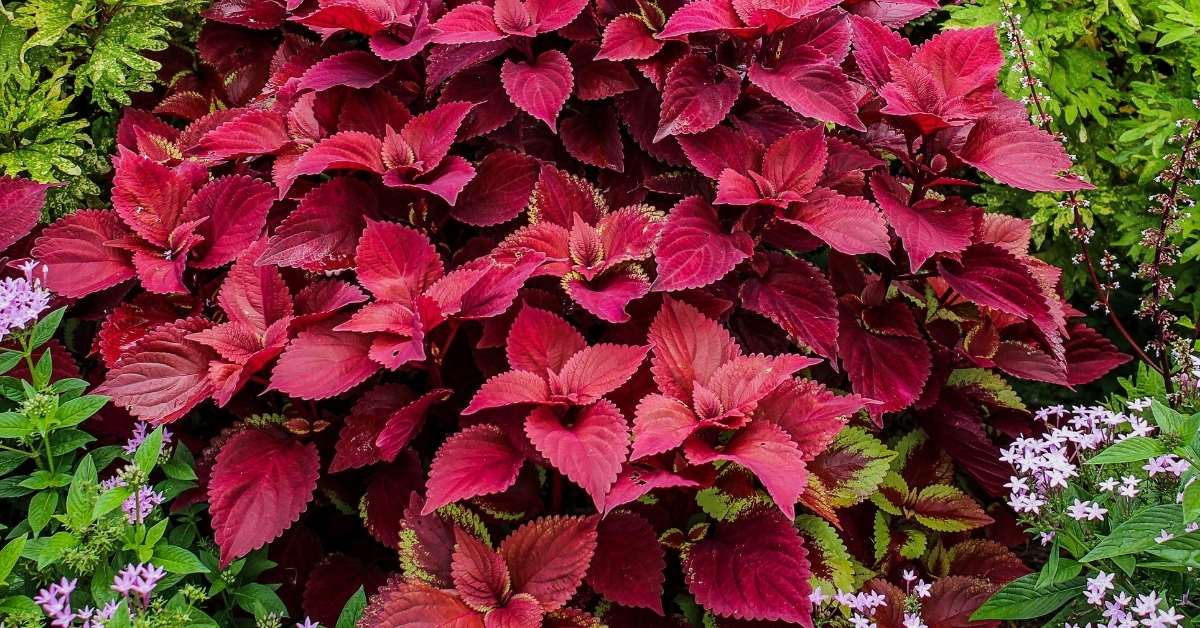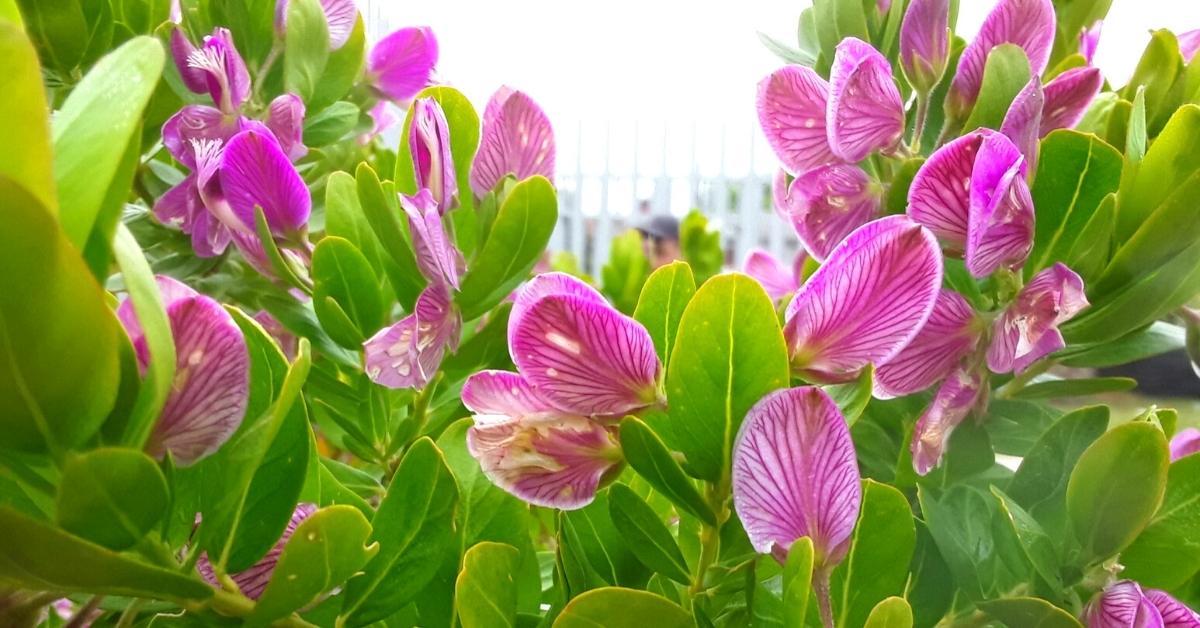The common name for Aquilegia is Columbine, and this comes from the Latin meaning “dove.” The next time you see an aquilegia flower, turn it upside down and see if it doesn’t resemble a circle of doves sitting around drinking.
Here are the best 11 Columbine varieties to start growing today.
This plant is late spring or early summer bloomer for the full sun. It will take a very light shade and continue to bloom. You’ll find it will take more shade in the South as the heat is more prolonged and intense.
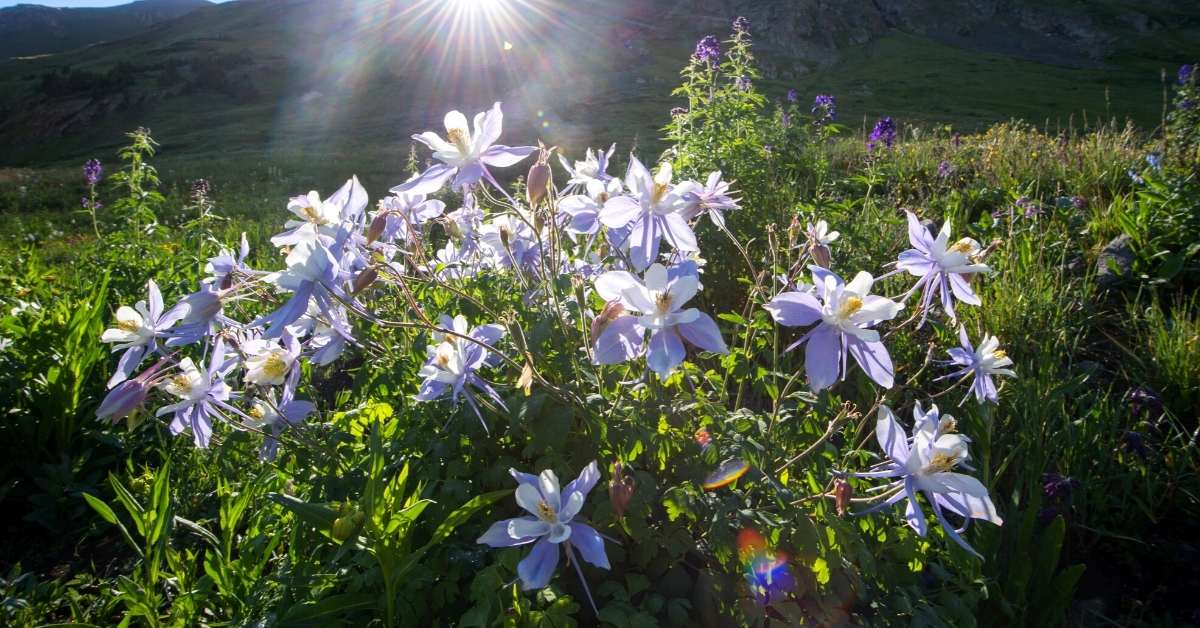
How tall does Columbine grow?
Height varies from 3 inches to over 30 inches, and each variety will grow taller in warmer climates. Plant the taller varieties twelve inches apart and the shorter types 6 inches apart. And you’ll see blooms in shades of pink, blues, whites, and yellows, as well as combinations of them.
Columbine prefers decent soil, but certainly, one that is well-drained is the order of the day (sorry, no clay soils for this plant, or it will die over the winter).
How to grow Aquilegia seeds
We propagate it from seed, and oh, how we do so. This is one of the most promiscuous flowers, producing large seed numbers, and if you have two distinct species in your garden, it will not take long to have hybrids.
How long does the Aquilegia plant live?
Also, because they tend to be short-lived plants (3 years more or less), you need to keep new ones coming along from seed.
This presents a small problem with the hybrid varieties as the offspring is not guaranteed to come true from seed. Heck, even the species have to have an entire city block between them to keep them from cross-breeding.
Work this to your advantage. Pick the plants you like and allow them to set seed. Pull out any you do not like and do not let them set seed. Eventually, you’ll wind up with some pretty good-looking plants that are “all yours.”
Aquilegia problems
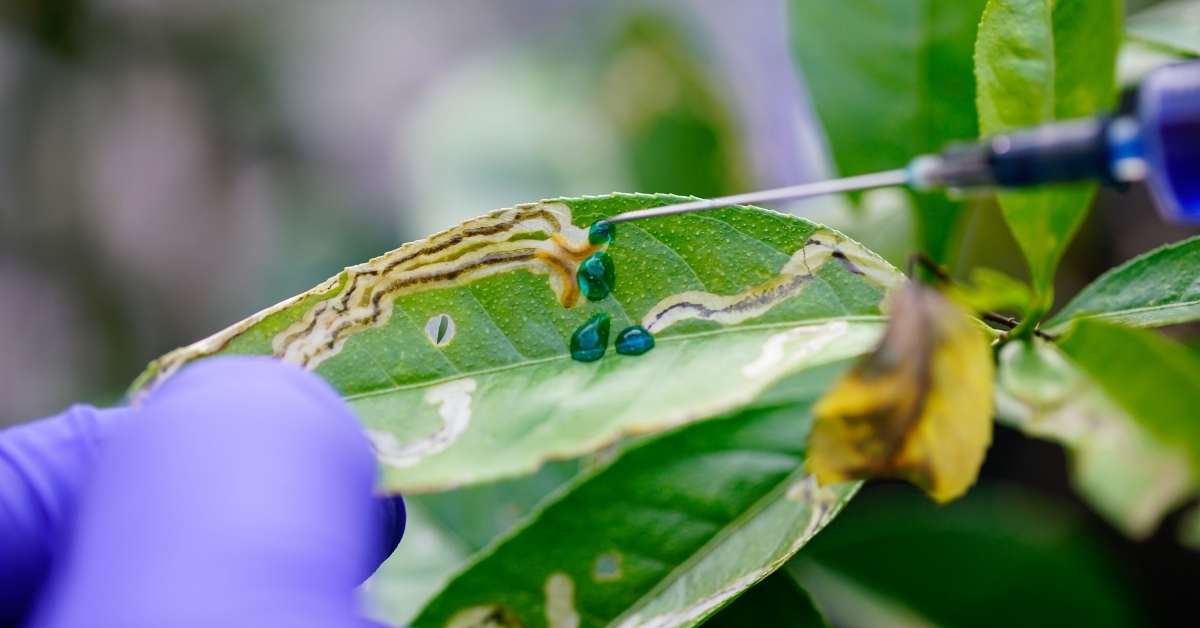
The major insect problem with this plant is the leaf miner. You’ll see tunnels (whitish lines – irregular directions) on the infected leaf, and this is simply a small worm happily eating its way around between the leaf layers.
You can’t reach it with sprays, so the easiest thing to do is squeeze the ends of the tunnels to kill the small worm. Some forms, such as A. Canadensis and A. bertolonii, are not as susceptible to leaf miners, but they all eventually get it.
Here are the plants you’ll likely find at garden centers:
Aquilegia Alpina is a terrific plant if you can find it. Deep sky-blue flowers on 12-inch plants. It is wonderful for the front of the border or rock garden.
Aquilegia bertolonii is my favorite columbine. This 6 to 8-inch tall plant has blue and cream flowers. Try it in the rock garden, either in full sun or light shade. It self sows abundantly in part shade locations in my garden rather than in the full sun.
It is easy from seed scattered in alpine gardens but not in mulched perennial gardens. (the mulch stops it from germinating).
Aquilegia caerulea – the Rocky Mountain ColumbineThis plant grows 18” to 24” in my garden and has blue and white flowers. This is one of the parents of modern hybrids.
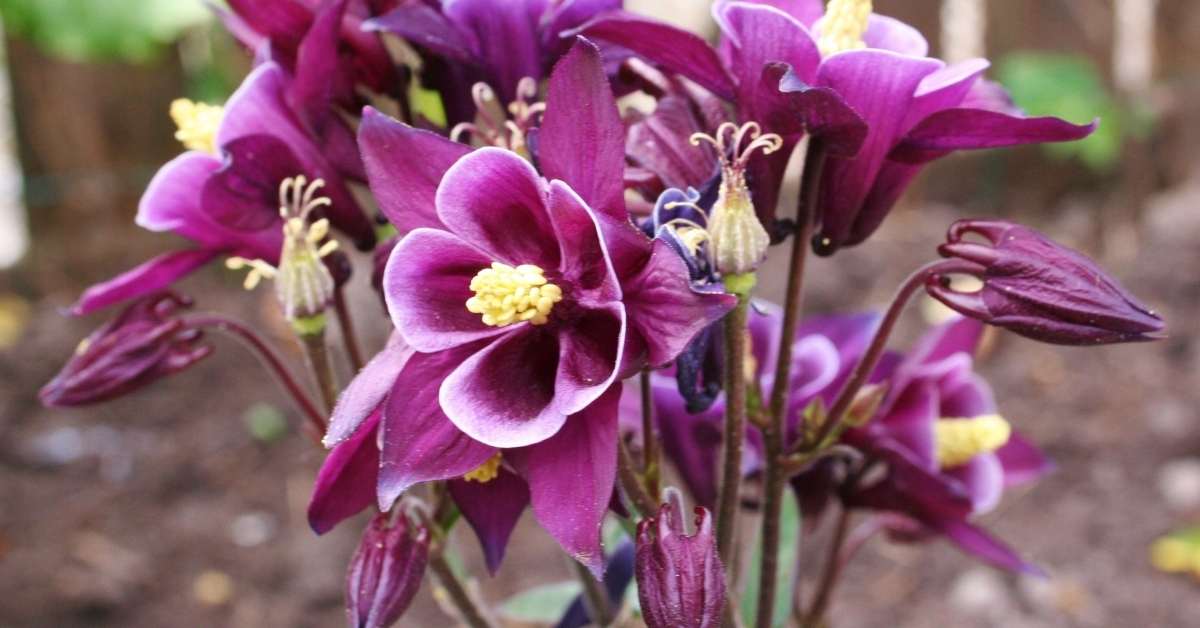
Aquilegia canadensis. This one is 18 inches tall in full sun and part shade spots. The flowers (red and yellow) are smaller than the garden center hybrids but very attractive. It is easy to naturalize and grow—one of the better species for shadier spots as well as damp garden areas.
Aquilegia flabellata. This is one of the foundation plants for modern columbine breeding. One of the most admirable forms is the pure white form ‘nana.’ It is only 12 inches tall with glistening white flowers to 18 inches.
The foliage forms a wonderfully rounded mass and is quite heavy and glaucous compared to other aquilegia. If you find this plant at a specialist garden center, purchase it. I’ve seen some cultivars in garden centers of this plant and can recommend them.
Aquilegia x hybrida, some outstanding hybrids are being bred and introduced to the market. Note that most of these are not too stable in terms of colors. They do not breed true, and sometimes what you purchase is not what is advertised because even the seed provided to nurseries has some variability.
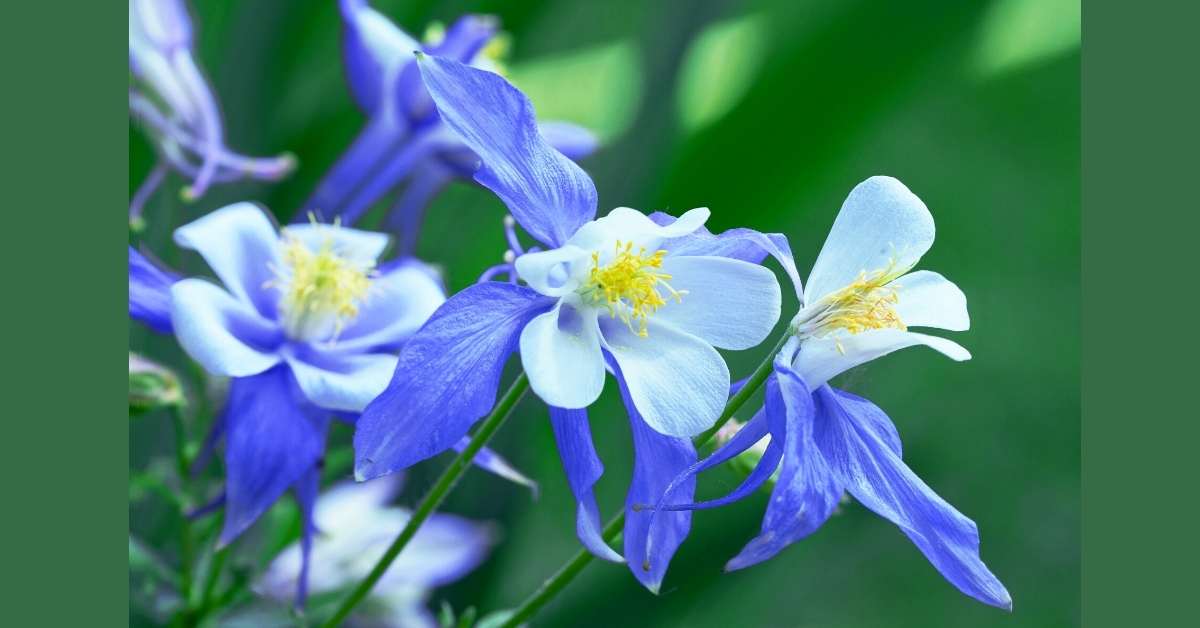
Many seed companies offer ‘Biedermeier.’ The blue and white form is acceptable – other colors are muddy and not worth growing in my experience.
‘Dragonfly’ is a color mix and grows to 24 inches tall. Good color range and worth growing.
‘McKenna Hybrids’ are 18 to 24-inch tall hybrids quite commonly found in commercial nurseries. They’ve had good color ranges in my garden.
‘Music’ series. One of the better hybrids at 18 inches. The good color mix and the colors tend to be more intense than other varieties in my garden.
Aquilegia chrysantha is another of my favorites. Three feet tall and fantastic when in yellow bloom. The flowers are large and the spurs long so it stands out in the garden. Unfortunately, it has also been one of the shortest-lived columbines in my garden, seldom living longer than two to three years.
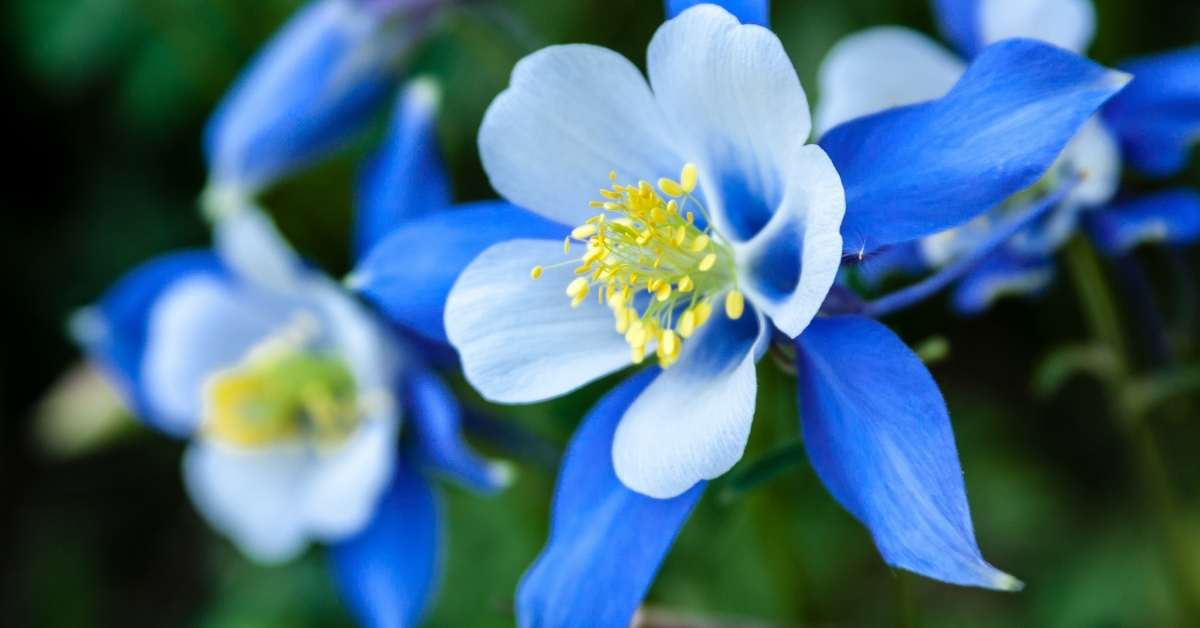
Aquilegia vulgaris. This columbine is known in Europe as “Granny’s Bonnet” and grows 18 to 24 inches tall. This plant has been bred for so long with so many other species that finding the original species is becoming difficult.
This is the parent of the Vervaeneana group that has variegated or gold flecks in the leaves and can either be quite attractive or look quite sickly.
Many doubles have also been bred from A. Vulgaris genetics. The old standby ‘Nora Barlow,’ a pink and green colored form, is relatively stable and has bred true year after seeding year in my garden.
